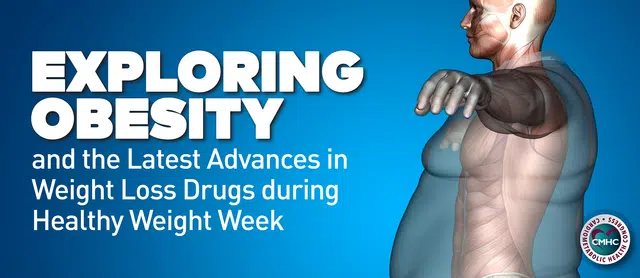Recently published studies dictate different causes and factors behind the public health epidemic of obesity, focusing on several different countries–many of which have varying reasons for their respective obesity epidemics.
The Pacific Islands, Middle East and Americas lead the way in terms of regions with the greatest obesity rates. In 2014, more than 48% of the population of the Cook Islands was classified as obese. Qatar led the way in the Middle East with 34%, followed closely by the United States at 33%, according to the World Health Organization.
Obesity is defined using a person’s body mass index, the ratio between weight and height, with a BMI of 25 to 29.9 considered overweight and over 30 obese. The number of overweight or obese infants and children under the age of 5 increased from 32 million in 1990 to 42 million in 2013, according to the World Health Organization, with numbers increasing from 4 million to 9 million in the African region alone over that period.
While physical inactivity is said to be aiding the growing rate of obesity worldwide, for example as urbanization leads to more sedentary lives, experts point out that in some populations, exercise simply isn’t a priority.
This is evident in the Middle East and China, they say, namely through perceptions of exercise and its place on residents’ list of priorities. In Kuwait, focus groups from the World Health Organization found that locals consider exercise as sport rather than something done with a group of friends or at home, according to Temo Waqanivalu, team leader of population-based prevention of noncommunicable diseases at the WHO. “There’s a whole cultural barrier,” he said.
In addition, in the Middle East overall, it’s not considered the norm for women to take part in outdoor exercise or physical activity for leisure. “Having women exercise openly is a cultural issue,” he said. Across Asia and the Middle East, Hu thinks there is a great deal of misunderstanding. “Most people are not aware of the benefits of being physically active on their health,” he said.

















